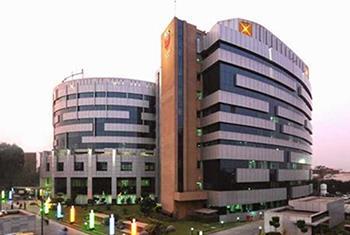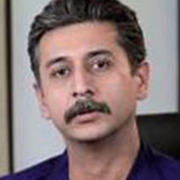Factors at Risk
Every medical procedure carries some risk. Less than 2% of cases of vertebral pressure fractures and 5–10% of tumour cases require more complicated treatment.
Accordingly, the following particular risks need to be taken into account:
- Leakage of bone cement: There is a slight chance that the surrounding, delicate tissues will get wet with bone cement. Similar things can happen if the needle is pushed out of the vertebra. The veins surrounding the vertebra may get a spill of the bond. This could lead to radiculopathy, or pain in the nerves, and necessitate encouraging therapy.
- Nerve damage: Any action that puts strain on your spine carries the risk of causing damage to your spinal nerves, which could lead to paralysis.
- Paralysis: Because vertebroplasty is done near the spinal cord and other vital nerves, a mistake in the needle’s placement could potentially cause damage that results in one or more limbs becoming weak or paralyzed.
- Inability to reduce pain: Sometimes, even in cases where there were no mistakes or complications during the procedure, vertebroplasty does not alleviate symptoms.
A vertebroplasty’s likelihood of failure can be influenced by several variables, including:
Prolonged process
- When considering nonsurgical treatment options, vertebroplasty has a lower chance of producing noticeable pain relief if it is not performed within 8 weeks of the initial fracture.
- The fracture is more likely to have healed after a few months, which could be one explanation.
Inferior fluoroscopy equipment
- The surgeon’s ability to see where the needle goes into the body and the damaged portion of the vertebra is one of the most crucial aspects of vertebroplasty.
- There is evidence that the rate of complications following vertebroplasty may increase when inferior fluoroscopy equipment is used, such as the portable models frequently seen in hospital operating rooms.
Compression fracture caused by cancer
- The complication rate following vertebroplasty for cancer-related vertebral compression fractures is approximately 10%.
- In contrast, compression fractures brought on by osteoporosis have a relatively low rate of complications following vertebroplasty—about 4%.










